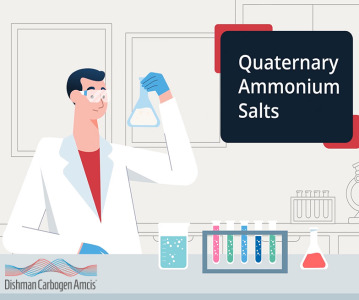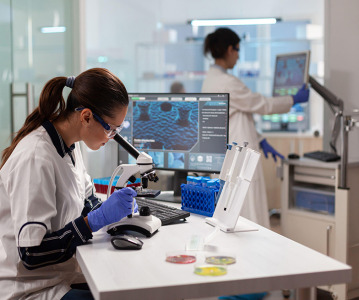Disease-modifying drugs to push Huntington’s disease market to $2.6 billion by 2024

The Huntington’s disease pipeline will see exciting new developments over the next decade as disease-modifying drugs transform the market landscape,’ says GlobalData.
The Huntington’s disease market will rise from around $252.6 million in 2014 to over $2.6 billion in 2024, representing a huge Compound Annual Growth Rate (CAGR) of 25.6%, according to research and consulting firm GlobalData.
The company’s latest report — OpportunityAnalyzer: Huntington’s Disease – Opportunity Analysis and Forecast to 2024 — states that the main driver of this extensive growth, which will occur across the seven major markets (7MM) of the US, France, Germany, Italy, Spain, the UK, and Japan, will be the launch of efficacious disease-modifying drugs, Raptor’s RP103 and Prana Biotechnology’s PBT2.
Other drivers include the anticipated launch of enhanced symptomatic treatments, potential patient assistance programs which will reimburse expensive therapies, and an increase in the treatment rate of Huntington’s disease patients.
Rebecca Robbins, MPharmacol, GlobalData’s Analyst covering Neurology and Ophthalmology, explains: “The scope for improvement in the Huntington’s disease space is vast, with the greatest unmet need being the development of a disease-modifying drug that will slow or halt the progression of the disease, or prevent its development. In this way, the launch of such a drug would be a game-changer.
“Currently, Raptor’s RP103 is positioned to be the first potential disease-modifying drug to reach the market, giving it an important advantage over other disease-modifying drugs in the late-stage pipeline. Its main competitor will be Prana Biotechnology’s PBT2, which is the only late-stage drug in the pipeline that is aiming to demonstrate an improvement in the cognitive deficits associated with the disease in clinical trials.”
Of the 7MM, PBT2 and RP103 are expected to be launched in all but Japan by 2024, with Japan seeing the smallest market expansion of all the countries, rising from $0.6 million in 2014 to $1.5 million by 2024, at a CAGR of 10%. This is still very robust growth, however, and can be attributed primarily to the launch of Teva’s SD-809 and pridopidine, both symptom-alleviating drugs. SD-809 is anticipated to launch in Japan in 2020, with sales in this market forecast to be worth $1.1 million in 2024.
Robbins concludes: “The Huntington’s disease pipeline will see exciting new developments over the next decade as disease-modifying drugs transform the market landscape. With ongoing research helping to further understand its pathogenesis, there are increasingly significant opportunities for developers to cultivate new drugs that may have differing modes of action from those already in the pipeline.”
Related News
-
News Eli Lilly gets ready to launch five new drugs in 2023
Eli Lilly, the American pharmaceutical company (IN, USA) are gearing up for a big year ahead, with hopes to launch five new drugs and capitalise on growing obesity and Alzheimer’s disease markets. -
News Amgen buys Horizon for $27.8 billion in bold step into the rare disease market
Amgen Inc buys pharmaceutical company Horizon Therapeutics in a multibillion-dollar deal, in hopes to capitalise on it's portfolio of drugs in the highly sort after rare disease market. -
News Pharma Supply Chain People Moves
The latest appointments and promotions across the pharmaceutical supply chain. -
News Merck to donate new Ebola vaccine to defend against outbreaks in Uganda
Pharmaceutical giant Merck has announced they will be speeding up the processing of a new vaccine against the latest strain of the Ebola virus, to be donated to a global non-profit organisation for distribution -
News CPHI Podcast Series: Driving innovation with pharmaceutical startups
The latest episode in the CPHI Podcast Series explores how startups are driving innovation by taking high-risk approaches and doing business with greater agility. -
News Greener and efficient processes: Quaternary Ammonium Salts
Quaternary Ammonium Salts play a crucial part in Organic Chemistry processes at many major industries. Discover why.
-
News Biosimilars save patients $11B annually, but barriers to adoption remain in US market
Biosimilars introduce competition into the biologics market, driving down prices and increasing patient access. -
News WHO recommends use of two monoclonal antibody treatments against Ebola
The health body recommended use of treatments by Regeneron and Ridgeback Bio
Position your company at the heart of the global Pharma industry with a CPHI Online membership
-
Your products and solutions visible to thousands of visitors within the largest Pharma marketplace
-
Generate high-quality, engaged leads for your business, all year round
-
Promote your business as the industry’s thought-leader by hosting your reports, brochures and videos within your profile
-
Your company’s profile boosted at all participating CPHI events
-
An easy-to-use platform with a detailed dashboard showing your leads and performance
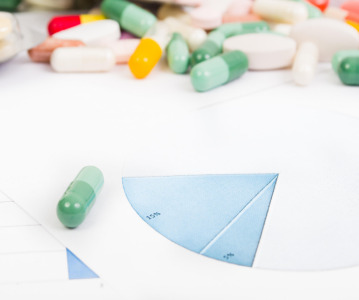
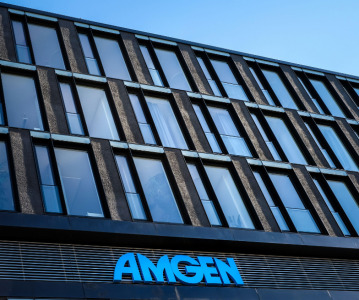

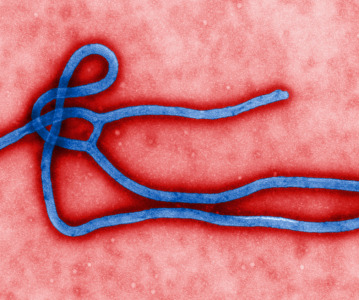
.png)
